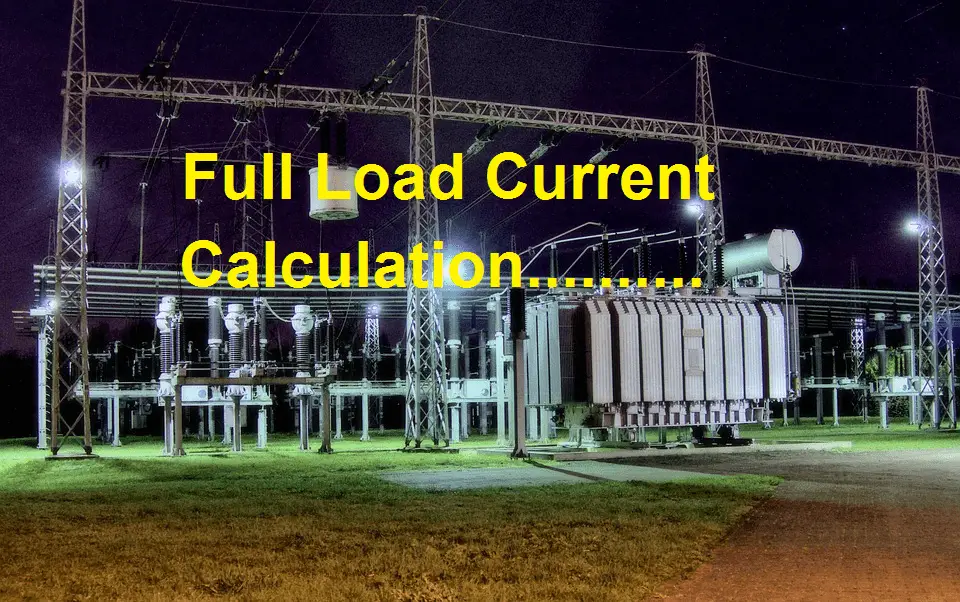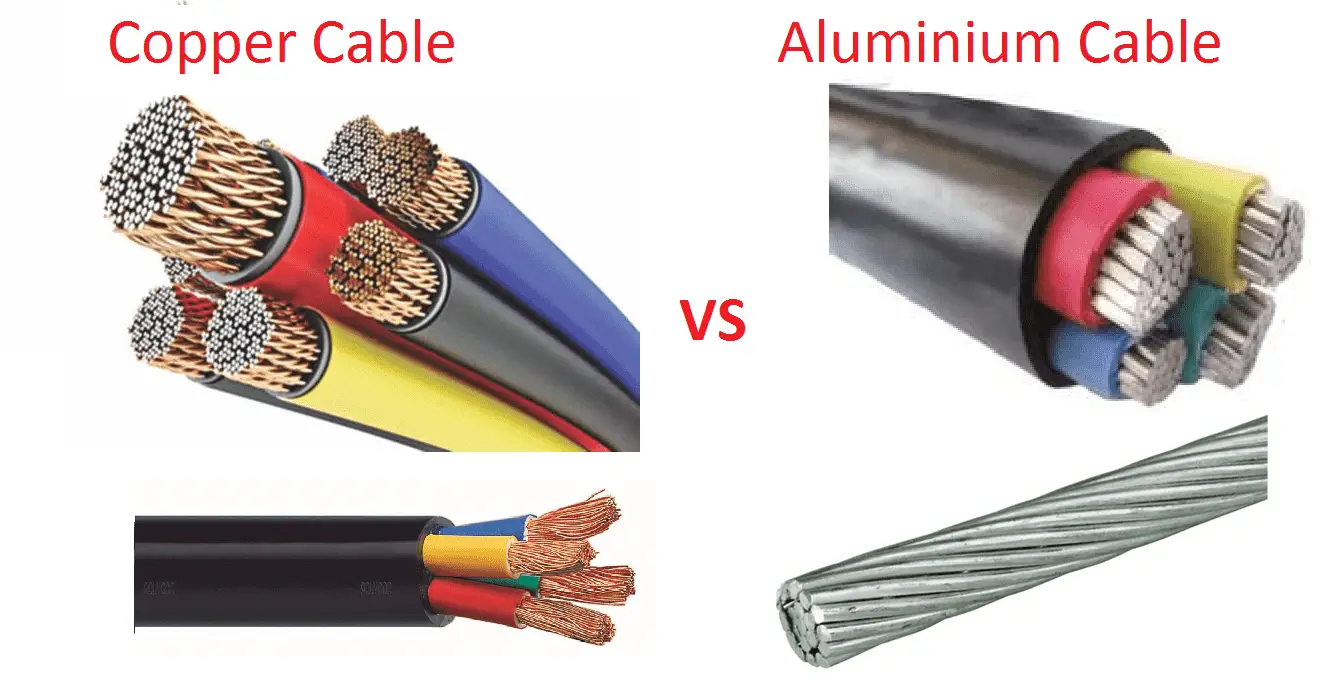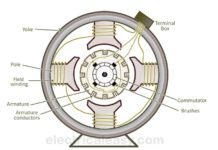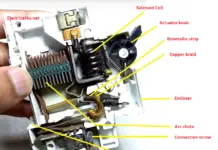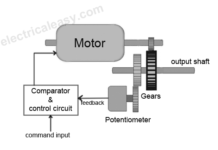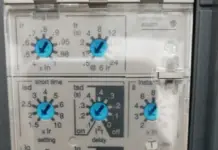What is Neutral
In your home appliances, you can see the plug top and socket both contain three pin such as two equal pins phase and neutral and third one is earth pin which is little bit bigger and ticker than other two pins. In this we are going to see what is neutral point, why it should be present in the single phase source.[wp_ad_camp_1]
Why Neural is required:
Neutral is a Zero potential point which do not have any potential. Exactly we can say it as, the perfect ground point is called Neutral point because of each single phase loads needs the current return path. The electron should go from source to load to source to get continues flow. So that It needs perfect return path. Suppose if you use ground or earth point as current return path, here the ground is always having some resistance, which will be added with the load and it leads to some voltage drop across the ground. Due to that ground resistance, we cannot get the exact output from the source. That’s why we have to bring the perfect ground point from the source which is called neutral.
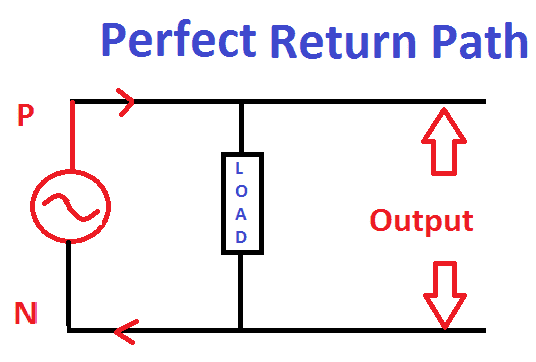
Take a circuit diagram 1 , in this Neutral has taken as return path and the output from the load is maximum. Source voltage is equal to the voltage across the load. Vs=Vload
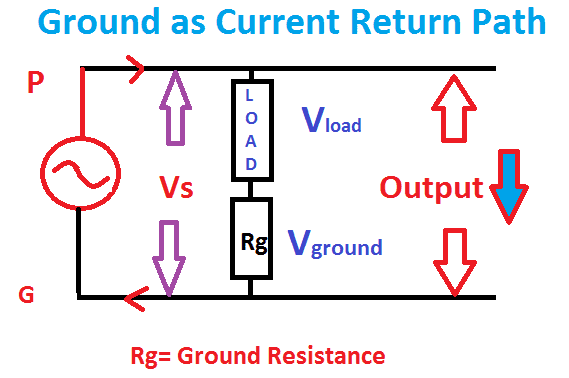
[wp_ad_camp_1]
But in second diagram, the current return path has taken as ground point hence the ground resistance will be added in series with the load. Resistance in the series circuit increases the voltage drop, hence the net source voltage Vs is equal to Vload + Vground due to Vground voltage the load does not work well (it gives less output as the reduction in the input voltage). That’s why we should need neutral point.
Relationship between Neutral and Earth:
Neutral => perfect return path to the electron from source (positive terminal) to load to source (negative terminal)
Ground => approximately perfect return path.
The potential difference between the earth to neutral should be less than 5 Volts for single phase 230 Volts 50 Hz power distribution. If the difference is more than 5 volts, the perfect earthing arrangement to be done.
Note: The earth pit should not be more than 5 ohms. Normally these testing done by earth resistance tester.
How to create perfect earthing:
- By adding another earth pit
- Putting salt (NaCl-Sodium chloride) and Pouring water to the earth pit which increase the current conductivity and decrease the resistivity
- Spread sand near the earth pit pipe. Sand keeps the moisture.
- Periodic maintenance.
- Do not prefer chemical earthing which gives less output. Prefer manual earthing.


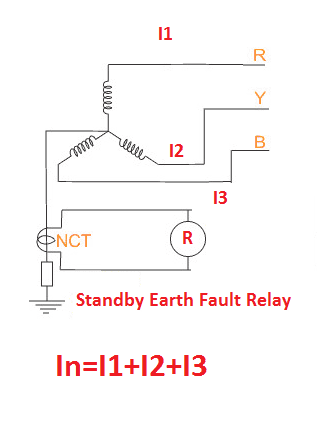
![What is Normally Open & What is Normally Closed [Video Included] What is NO and NC](https://www.electrical4u.net/wp-content/uploads/2020/09/What-is-NO-and-NC-218x150.png)
